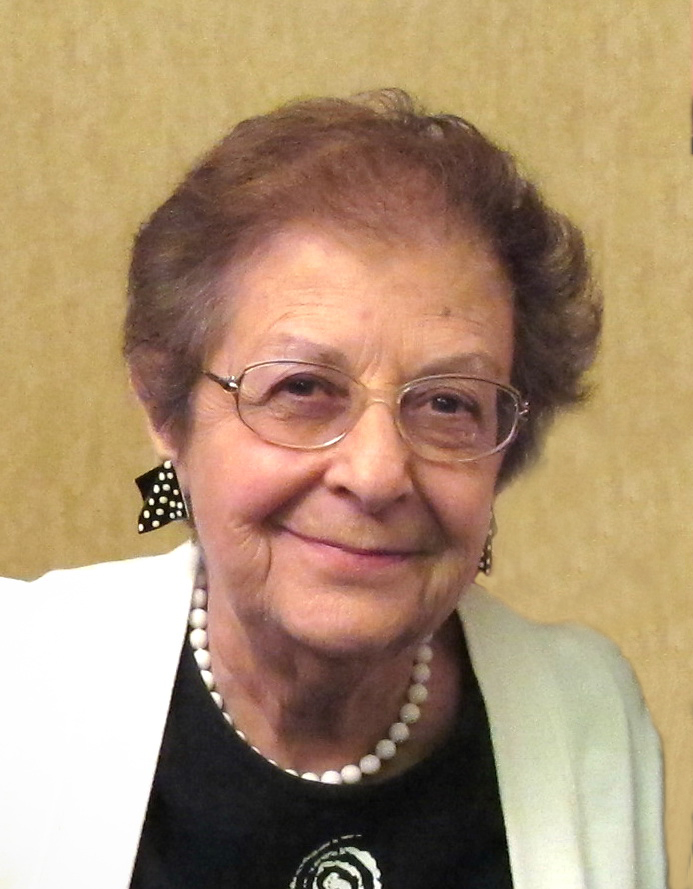 Each week, we’ll take a look at what Moment editors are reading, from newspapers to novels. This week we hear from Eileen Lavine, a senior editor at Moment since 2008 who has previously been a writer and editor for the New Bedford Standard Times, The New York Times Youth Forums, and UNESCO.
Each week, we’ll take a look at what Moment editors are reading, from newspapers to novels. This week we hear from Eileen Lavine, a senior editor at Moment since 2008 who has previously been a writer and editor for the New Bedford Standard Times, The New York Times Youth Forums, and UNESCO.
Is there ever a point when we say “enough” or “too much” with books on the Holocaust and concentration camps? On the contrary, I find myself haunted by the “what if,” especially with stories of young girls who were my age at the time. As time passes and survivors soon will no longer be here to tell their tales, it is necessary for all the stories to be told, as Francine Prose stresses in her introduction to Helga’s Diary: A Young Girl’s Account of Life in a Concentration Camp, which I have just read.
Helga Weiss begins her diary at age 11 in Prague just before the German occupation, then moves along to descriptions of life when the family is taken to Terezin in 1943. A promising young artist, Helga illustrates her tale with drawings she made of the people and places in the camp, including one of the infamous International Red Cross visit, when everything was cleaned and “arranged like a stage set.” As we now know, the visiting committee was taken in by the setting and the entertainment to believe that all was well at Terezin. The first half of the book is actually Helga’s diary about her life with her mother, miraculously permitted to stay together. She wrote in an old schoolbook and on odd pieces of paper saved by her uncle who hid them with other documents behind a wall and was able to retrieve them after the war.
 Helga Weiss wrote the second part of the book after her return to Prague at the end of the war, recalling her days at Auschwitz and Birkenau, so much more horrible than Terezin, as well as the whirlwind train ride led by a sadistic Nazi guard when the Russians were approaching. An interview at the end with the translator allows Helga to give more information on daily life at Terezin and the problems she and her mother encountered trying to fit back into civilian life in Prague. She was then 15 1/2 (she pretended to be older at Terezin to stay with her mother), and although others emigrated, despite difficulties she remained in Prague, married and became an artist and teacher.
Helga Weiss wrote the second part of the book after her return to Prague at the end of the war, recalling her days at Auschwitz and Birkenau, so much more horrible than Terezin, as well as the whirlwind train ride led by a sadistic Nazi guard when the Russians were approaching. An interview at the end with the translator allows Helga to give more information on daily life at Terezin and the problems she and her mother encountered trying to fit back into civilian life in Prague. She was then 15 1/2 (she pretended to be older at Terezin to stay with her mother), and although others emigrated, despite difficulties she remained in Prague, married and became an artist and teacher.
 A friend has lent me another book, which I have read several times–an unforgettable group of heartbreaking stories of life and death in Poland, all based on eyewitness accounts. A Scrap of Time by Ida Fink, first published in 1987, tells short tales, some only three or four pages long, about a round-up or action–“that scrap of time that I want to talk about”–a betrayal, an escape, a rescue, a hidden hole. Fink uses brief dialogues with piercing insight and memorable descriptions–“I am digging out of the ruins of my memory … a grainy golden mist with red spheres of apples … the kitchen was mottled with patches of dampness.” These are ordinary people facing extraordinary times, and their wrenching tales, so simply told, have a tremendous impact that will haunt you for a long time.
A friend has lent me another book, which I have read several times–an unforgettable group of heartbreaking stories of life and death in Poland, all based on eyewitness accounts. A Scrap of Time by Ida Fink, first published in 1987, tells short tales, some only three or four pages long, about a round-up or action–“that scrap of time that I want to talk about”–a betrayal, an escape, a rescue, a hidden hole. Fink uses brief dialogues with piercing insight and memorable descriptions–“I am digging out of the ruins of my memory … a grainy golden mist with red spheres of apples … the kitchen was mottled with patches of dampness.” These are ordinary people facing extraordinary times, and their wrenching tales, so simply told, have a tremendous impact that will haunt you for a long time.

